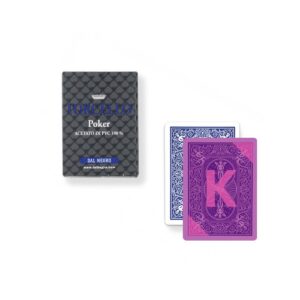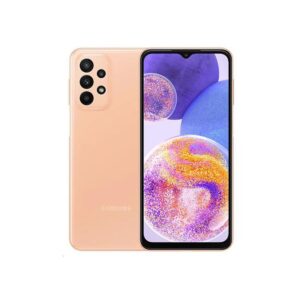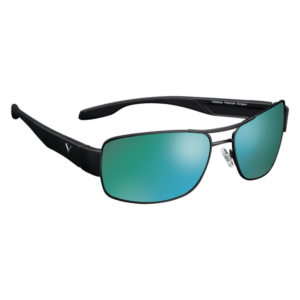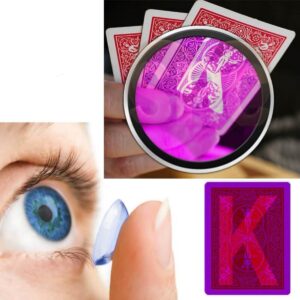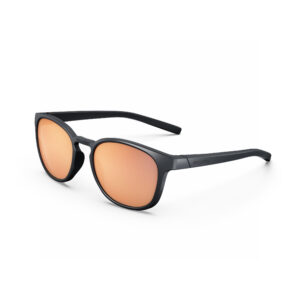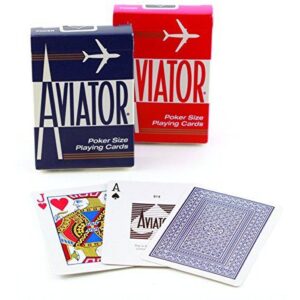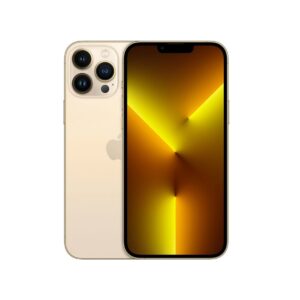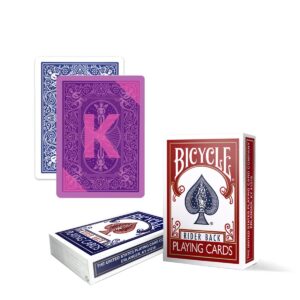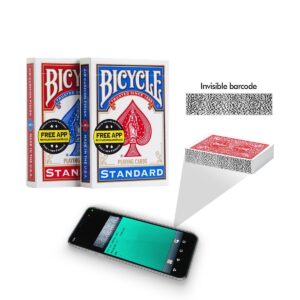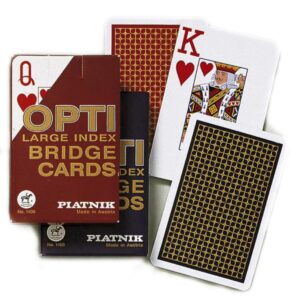Since playing cards were created, card-cheating has been a fascination. Many magicians perform “gambling demonstrations”, which showcase the same tricks used by card cheaters.
There is a big difference between using trick of the hand to “cheat” in a magic trick, and using it to scam others out of their money. This article will cover how to cheat cards, from the most basic methods for playing poker at home to the more complex techniques used in high-stakes poker venues around the globe.
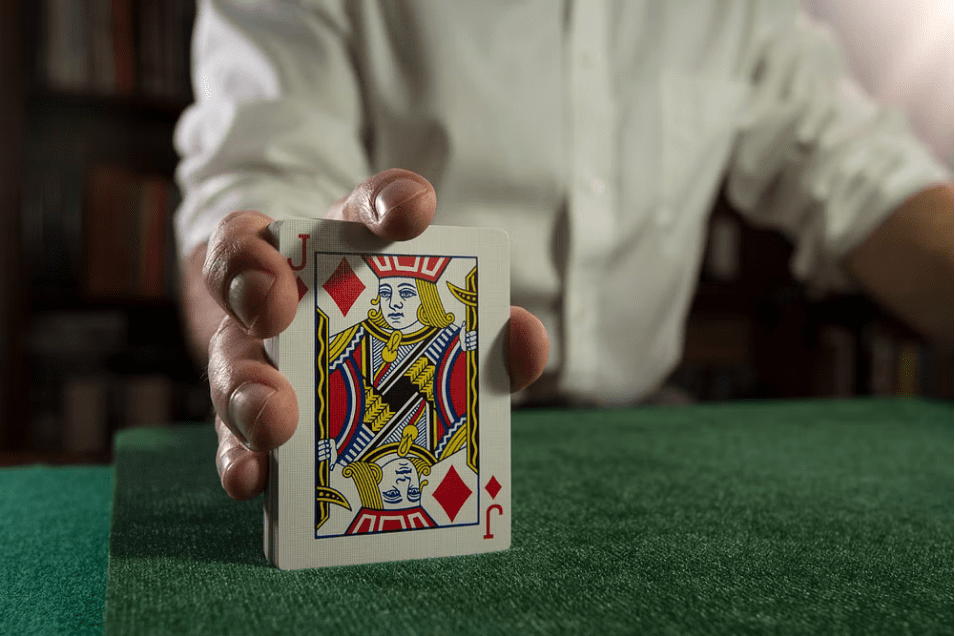
Card Cheating: Minimal Skill
These cheating methods are often bold and require more nerves than complex dexterity and sleight-of-hand.
Peeking or Glimpsing
Although it may seem simple, cheating card players can be as easy as peeking at their cards or the top or bottom cards of the deck.
The average cheater will try to see by tilting their bodies in a certain direction or darting their eyes quickly, but more sophisticated cheaters will use a “shiner”, a reflective object that acts as a covert mirror.
If a shiner is placed in the correct spot, it can be used to see the cards being dealt and even the hand of another player. The most common shiner these days is the screen on a cell phone. However, creative cheats can use anything from a cup or black coffee to a butter knives.
Marked cards
A marked card refers to any playing card that has been altered in such a way that the card cheat can identify it without having to see its face. This simple trick gives card cheats an advantage. You can mark the Aces and Court Cards of Texas Hold’em to help you know when to fold or call a big bluff.
Marking occurs during the first few rounds. This involves secretly scratching, denting or altering playing cards in a way that is only noticed by those who are involved. Most cheaters can simply scratch the cards with their fingernails, but some cheaters use more sophisticated techniques such as invisible ink marks cards that can only be seen through special glasses or electronic cheating devices. These invisible ink marks look like they have been taken straight from James Bond movies.
If you suspect that a player is using marked cards, politely ask to have the deck changed. You can also use 100% plastic cards, such as those used at casinos. They are more difficult to mark on-the-fly. These playing cards last longer!
Collaboration with a friend or “Soft Playing”
Soft playing refers to when two or more people work together to eliminate the other players. This is usually done by deliberately avoiding betting against one another.
Although soft-playing technically isn’t cheating as it doesn’t violate any rules, avid poker players consider it to be one the worst things you can do at poker tables. It can be detrimental to the integrity of a game if more than three people soft-play at a six-person table.
Dumping Chips
Confederates and soft play groups may sometimes dump chips towards the end of the game. This is when a group of players give all their chips to their partner by making unusual or high raises, and then folding when their partner goes all-in to match.
The outcome of any poker tournament or game can be affected by chip dumps. The chip-gifted player now has more money to take out the other players. The big prize is split among all those involved in the fraud after they have won.
Stealing or hiding Chips
Card cheats might also conceally take a part of their chips while they are playing. This is called “going south” (or “ratholing”) and involves palming or using an odorless adhesive. Cheats can hide chips to preserve their winnings and prevent big losses in high-stakes gaming. These same techniques can also be used to short-change or steal from other players.
Cold Deck
A cold deck is a special deck with cards . It has certain cards at the top that will guarantee that the cheater wins. Smart cheaters will stack the deck so that their victims have a good hand (so they are encouraged to play more), but not enough to win the pot.
In casual card games, where one person deals each hand of cards, switching to a cold deck is easier.
Advanced Card Cheating: Skilled Techniques
These cheating methods are often performed by “card mechanics” or “card sharps”. They use card manipulation and sleight-of-hand to switch cards and deceive others at the table.
False Shuffling/False Cuts
You might have noticed that the cold deck was easily destroyed by a quick shuffle when you read about it. This is true, and it’s why card cheats often use false shuffles and false cuts. These seemingly legitimate shuffles can be used for maintaining the order of cards or moving cards to more advantageous positions in the deck (also called “stacking”).
A card cheat will usually perform a false shuffle if a cold deck is already in. This is also known as a “top-stock control”, where the deck’s top contains the special stack of cards.
Card cheats who are more skilled will use false shuffles, followed by false cuts to stack their deck in a way that increases the chance of winning. A Texas Hold’em card cheat, for example, can secure two Aces at top deck by sitting with four other players at a Texas Hold’em poker table. They can move the cards to the 5th or 10th position in the deck by doing an overhand shuffle. This ensures they get Pocket Aces after the cards are dealt.
False overhand shuffles are common among card cheats. They are simpler to do and require less practice than undetectable falseriffle shuffles. If you see a player switching between a riffle and an overhand shuffle, it is likely they are cheating.
False dealing
False dealing is often combined with fraudulent shuffling. False dealings are designed to appear that a card has been taken from the top as normal. However, it is actually being secretly pulled from another section of the deck and dealt to the cheater or confederate. False deals can be difficult to spot if done correctly.
These are the most common false deals:
Second Deals Also called “dealing seconds”, it is the place where the desired card moves to the top of deck by either culling, palming or mucking. They will then push the top card, deal the second card, and return the top card back to its original position, creating an illusion that the top is being dealt. The top card will be dealt to them.
Bottom Deal You can only keep one card under your control with the second deal. A bottom deal is for advanced card mechanics. A skilled sleight-of-hand artist can quickly deal cards from the bottom in a way that looks exactly like the top card. They can keep as many cards on the top as they like.
It is also one the most difficult moves to execute well. You can easily detect a poorly executed Bottom Deal by making a snapping sound and the bottom cards wriggling to the sides. You can also place one or two Jokers at each end of the deck to increase your safety before you start playing.
Mucking or holding out cards
A subset of card cheats is called “hand muckers”. These card cheaters are skilled at switching cards. They do this by hiding the cards in their hands or “mucking”, which is a clever way to hide them. Some cheaters used elaborate mechanical holdouts in the 18th and 19th century.
Cheating online
Card cheats are finding ways to rig online poker games as the popularity of poker sites grows.
A common way to cheat online is to build an army of robots. These robots use artificial intelligence to analyze each hand, and then make the best decision based on what information is available. Robots that are well designed can work all day without the need for a cheater. These robots are more profitable than large sample sizes because they have an inherent advantage over human opponents.
Many online poker sites have taken great measures to stop bot accounts in recent years. We regret to inform that you have a higher chance of losing an online game due to bad luck or poor decisions in the game.
These are some helpful tips to prevent cheating at your card games
- You shouldn’t allow the same person to shuffle and deal the cards. Instead, have the person to your left shuffle the cards and the person on their right cut them before you deal.
- Be on the lookout for unusual shuffling styles, bizarre hand movements or unnatural grips when you are playing cards
- To avoid confederates sat in the best seats for collusion, have the seating arrangements chosen randomly
- To ensure that there are no missing cards and to verify for any marked cards, count the cards frequently.
- Make sure the cards are always visible from the table
- Use only 100% plastic playing cards
- To prevent the bottom card being peeked or bottom dealing, place a plastic Joker(s), or positilion(s) at its bottom.
To cheat in a card or poker game, a normal deck of cards is sufficient. No rare cards. No custom cards. There are no special storage cards or cards that can be pulled from display boxes for cards. You can get your regular Bicycle cards from your local drugstore. This is done to prevent unwanted attention from being paid to the deck.
These fun facts are about playing cards that you can share with your friends at your next game. For more information, see this article about how playing cards got their symbols. Also, take a look at the fascinating history for playing cards. Enjoy!
You can also learn prop betting if cheating is not your thing. When you’re ready, try some money magic, [mentalism](/mentalism], card magic, sleight of hand, or Zoom magic. We are the largest magic shop and can assist you with everything flash paper up to magic book. The latest magic tricks and the old favorites. All levels of magic, even magic conventions. We will show you how to learn magic tricks as well as card tricks.



